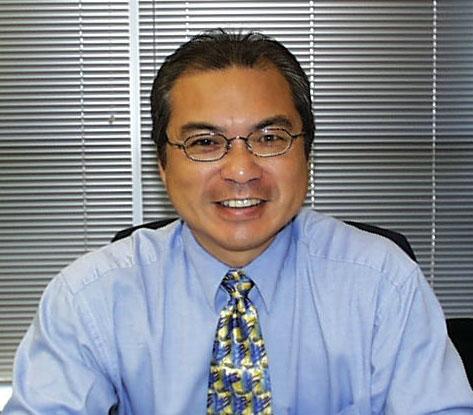Does leadership style impact the effectiveness of communities of practice (CoP)? That is, communities of practice by definition are loosely based “organizations” defined by their members’ identification and affiliation to the community’s goals. The nature of their interaction are intended to be peer-to-peer, minimizing the effects (and sometimes the requirements) of hierarchical knowledge transfer as might be seen in more traditional organizational forms. So the newest member is assumed to have as much to contribute to the success of the community as the most senior; the staff member contributing and participating as effectively as the chief executive. This democratization of the community is what gives a CoP its knowledge sharing power.
But what of the leadership style applied to the CoP? Can the executive sponsor, or community leader, or other influential champion of a CoP be an autocrat when it comes to managing the community? Must a community leader be collaborative, participative, sensing, and so on, in order for the community to function effectively? As a specific example, let’s say that Organization A has traditionally been a “command and control” type of culture, and Organization B has been widely acknowledged as being collaborative, innovative, and less sensitive to hierarchy. Now let’s say that both organizations decide to formalize the communities of practice naturally inherent in all organizations. They each develop strategies, commit resources, assign roles and responsibilities, and require measurement of results. Will their previous leadership styles automatically lead to more effective (or less effective) CoPs, or will the communities by their nature negate the effects of leadership style? What have you seen?
Subscribe to:
Post Comments (Atom)

4 comments:
Leadership style is an important component to organizational effectiveness. However, leaders (and even management as a whole) can only go so far -- at some point it comes down to employees.
I work for Winning Workplaces, a nonprofit that provides information on workplace trends and best practices. Two articles in our most recent e-newsletter (June 2006) speak to the impact of leadership style on a company's effectiveness in the marketplace. In "Achieving Adaptability Through Employee Empowerment," our Executive Director, Mary Corbitt Clark, highlights minimill steelmaker Nucor as a progressive company that leads by empowering its front line workers who actually make new steel from cars, dishwashers, and other things. This model stems from Nucor's former president, F. Kenneth Iverson, who said that employees will go above and beyond if leadership grants them real authority.
The other article that comes to mind is our Success Story on Aquascape Designs, the leading water garden and pond resource. CEO Greg Wittstock combined his love for and long history with water gardening systems (he built his first pond at age 12) with his penchant for physical fitness when he enlisted an employee committee of 27 workers, spanning all levels of the company, to help design Aquascape's new headquarters, which opened last December. His 165 employees have access to an on-site fitness center and sports complex. In return for this and other unusual benefits, his staff has helped him keep his nearest competitor at bay, at one-sixth Aquascape's size and output.
A pdf of the newsletter I'm referring to is located here: http://www.winningworkplaces.org/
newsletters/
winning_workplaces_ideasvol5no5.pdf
Thanks for your comments Mark. What my specific question addressed was, how does leadership style affect the performance of communities of practice? That is, as you point out, individuals can determine the leader's impact on a person's performance--perhaps through empowerment--but how does the construct of a community of practice mitigate or enable a leader's impact?
nice, cozy place you got here :)..
I believe both styles work well based on the training surrounding the leadership style. It starts by building depth with core people who understand and are willing to commit to the said style. Clear expectations and diciplinary guidlines tend to form a culture based on the type of leadership ability not the kind of leadership style. Does it affect community of practice, absolutely. Its like another language to an outsider. But, that being said you can meet the same goal by different means and it STILL comes down to the leaders leadership and who he/she surrounds themselves with.
Post a Comment